The question of “where is the best place to live in Mexico?” often comes up, and it’s a tough one to answer. The truth is, you’ll get a variety of responses from people who all claim to live in the “best” place. And while they may be right for them, it doesn’t necessarily mean it’s the best place for you.
Mexico is a vast country with diverse geography, climates, and cultures. The right place for you will depend on your unique needs and preferences. Whether you’re moving alone, as a couple, or with your family, the decision ultimately comes down to what factors matter most to you.
Here are some key things to consider as you narrow down your options:
1) Legal Residency
If you plan on being in Mexico for more than 180 days, you will need to apply for either temporary or permanent residency. For most people, this process begins at a Mexican consulate outside of Mexico, where you must demonstrate financial solvency to qualify. The financial requirements vary depending on the type of residency you seek, and they are typically based on monthly income or savings.
It’s essential to factor this into your relocation plans, as your ability to obtain residency may influence where you decide to live. Some areas are popular among foreigners because they offer resources like immigration facilitators and English-speaking services to help navigate the process. Keep in mind that while many people apply for residency before moving, there are also specific cases (e.g., family unity) that may allow for a different pathway to residency. No matter where you plan to live in Mexico, understanding residency requirements is a crucial first step in making your move a success.
Before deciding where to live, it’s important to understand Mexico’s residency requirements, as they can affect your long-term plans. Learn more in our article on How to Qualify for Residency in Mexico.
2) Climate
Mexico’s climate varies significantly depending on the region, elevation, and proximity to the coast. Coastal areas, such as Puerto Vallarta and the Riviera Maya, tend to be hot and humid year-round, with intense summers and a rainy season that brings heavy downpours and high humidity. In contrast, inland highland regions, like San Miguel de Allende, Lake Chapala, and Mexico City (CDMX), generally offer a more temperate climate with warm days, cool nights, and a distinct dry season. Some mountainous areas, such as Toluca or Valle de Bravo, can even experience chilly winters, with temperatures dropping close to freezing.
One crucial factor to consider when choosing your location is home infrastructure. Many homes in Mexico do not have central heating or air conditioning, as they were built with local climate conditions in mind. In hotter regions, ceiling fans and mini-split air conditioners are common, but running them consistently can be expensive due to high electricity costs. Conversely, in cooler areas, homes may lack insulation or heating, making fireplaces, space heaters, or extra blankets necessary during colder months.
Before settling in a specific location, spend some time there during different seasons to ensure the climate suits your comfort level. A place that feels pleasant in the winter could become unbearably hot or cold at other times of the year.
Mexico’s climate varies significantly depending on the region, from coastal humidity to highland coolness. To get a better idea of what to expect, check out our article on Weather in Mexico.
3) Population
When choosing where to live in Mexico, consider the size and pace of the location that best suits your lifestyle. Do you thrive in the hustle and bustle of a large city, or do you prefer the peace and quiet of a small town or rural area?
Larger cities like Mexico City, Guadalajara, and Monterrey offer a wide range of conveniences, including modern infrastructure, international airports, world-class healthcare, major shopping centers, and diverse dining and entertainment options. They also tend to have better public transportation and more opportunities for social and cultural activities. However, with these benefits come higher population density, traffic congestion, and a faster pace of life.
On the other hand, smaller towns and rural areas such as Ajijic, Sayulita, or San Cristóbal de las Casas offer a slower, more relaxed lifestyle, often with a stronger sense of community. These areas can provide lower costs of living, less noise and pollution, and a more traditional Mexican experience. However, they may have fewer amenities, limited healthcare options, and less access to international goods or services.
It is important to strike a balance between convenience and lifestyle. Some expats choose mid-sized cities like Querétaro, Mérida, or Oaxaca City, which offer many urban conveniences without the overwhelming scale of Mexico’s biggest metropolitan areas. Ultimately, spending time in different areas before making a decision can help you find the right fit for your needs.
4) Proximity to an Airport
If you travel frequently or need to visit family or friends abroad, living near an international airport might be an important factor to consider. Larger cities like Mexico City, Guadalajara, and Puerto Vallarta have major airports with direct flights to many destinations in the United States, Canada, and other parts of the world. This can make travel more convenient and reduce the need for layovers or long connections.
Smaller towns and more remote areas may require a longer drive to reach the nearest major airport. For example, those living in Lake Chapala often use the Guadalajara International Airport, while residents of San Miguel de Allende typically travel to either Querétaro or Mexico City for international flights. In some cases, regional airports offer limited international routes, but they may not have as many options or competitive prices as larger airports.
If easy access to air travel is important to you, consider how far you are willing to drive to catch a flight and whether the additional travel time could become an inconvenience over time.
5) Healthcare
Access to quality medical, dental, and vision care is an important factor when choosing where to live in Mexico, especially if you or a family member has ongoing health concerns. Mexico is known for having some of the best healthcare in Latin America, with modern hospitals, well-trained doctors, and affordable medical services. However, the availability and quality of care can vary depending on location.
Major cities like Mexico City, Guadalajara, and Monterrey have world-class hospitals, specialists in nearly every field, and well-stocked pharmacies. Many doctors in these areas have trained internationally and speak English, making healthcare more accessible for foreign residents. Mid-sized cities such as Mérida, Querétaro, and Puerto Vallarta also have excellent healthcare facilities, including private hospitals and clinics that cater to both locals and expats.
In smaller towns and rural areas, access to advanced medical care may be more limited. While basic healthcare services are often available, you may need to travel to a larger city for specialist appointments, surgeries, or complex treatments. Pharmacies in these areas may have a smaller selection of medications, requiring occasional trips to larger cities for specific prescriptions.
If healthcare is a priority, research the medical facilities in any location you are considering and ensure that you will have convenient access to the care you need.
Access to quality healthcare is a key factor when choosing where to live. Mexico offers both public and private healthcare options, which you can learn more about in our article on Healthcare Options in Mexico.
6) Internet and Connectivity
7) Activities and Entertainment
When choosing where to live in Mexico, consider the type of lifestyle and entertainment options that best suit your interests. If you enjoy a vibrant social scene with plenty of restaurants, art galleries, live music, and outdoor activities, larger cities and tourist destinations may be the best fit. Places like Mazatlán, Playa del Carmen, and Mexico City offer a wide range of dining options, cultural events, and nightlife, making it easy to stay active and engaged. Many of these areas also have a strong expat presence, with social clubs, meetups, and events tailored to foreigners.
Smaller towns and rural areas tend to have a more relaxed atmosphere with fewer entertainment options but a stronger sense of local community. Towns like Ajijic, San Cristóbal de las Casas, and Loreto may not have the same level of nightlife or international cuisine, but they offer opportunities for local festivals, artisan markets, and outdoor activities such as hiking, fishing, or birdwatching. In these areas, entertainment often revolves around community gatherings, cultural traditions, and nature rather than a bustling city scene.
If having access to a variety of activities is important to you, research what each area offers in terms of dining, arts, nightlife, and recreational opportunities. Whether you prefer an active urban lifestyle or a quieter, more community-focused setting, finding the right balance will help ensure you enjoy your new home in Mexico.
8) Walkability
If you prefer walking or using public transportation instead of driving, it’s important to choose a location with good infrastructure. Larger cities like Guadalajara and Mexico City offer well-developed public transit systems, including metro, buses, and taxis, making it easy to get around without needing a car. Some neighborhoods within these cities are also very walkable, with shops, restaurants, and services within walking distance, so you can enjoy a more pedestrian-friendly lifestyle.
In contrast, smaller towns or rural areas often lack robust public transportation options, and distances between key amenities may be too far for walking. In these areas, having a car is typically necessary to get around, especially if you want to visit neighboring towns or access services that aren’t available locally. While the slower pace of life and reduced traffic in rural areas can be appealing, it’s important to consider whether you’re comfortable with the extra reliance on driving.
If walkability and public transport are important to you, research the public transit systems, pedestrian-friendly neighborhoods, and overall infrastructure in the areas you’re considering. This will help ensure your new home aligns with your preferences for getting around.
9) Schools and Education
10) Cost of Living
The cost of living is often a major factor in the decision-making process when choosing where to live in Mexico. While many areas in Mexico offer a significantly lower cost of living compared to the U.S. or Canada, the expenses can vary greatly depending on the region. Coastal destinations like Puerto Vallarta, Playa del Carmen, and Cabo San Lucas tend to be more expensive, largely due to their popularity with tourists and foreigners, as well as their proximity to the beach and resort-style amenities. These areas often see higher housing prices, increased utility costs, and more expensive goods and services compared to inland cities.
On the other hand, inland cities such as Mérida, Oaxaca City, and Querétaro can offer more affordable living options, especially for housing. In these areas, you may find that rent, utilities, and groceries are generally less expensive, while still enjoying modern amenities and a high quality of life. Smaller towns and rural areas might offer even lower costs, but there may be trade-offs when it comes to the availability of services, shopping, and healthcare options.
When evaluating cost of living, consider all factors such as housing, utilities, groceries, transportation, and healthcare. For example, health insurance and medical costs can vary depending on whether you are in a major city with advanced healthcare facilities or a smaller town with more limited options. Understanding the full scope of living expenses in each area you’re interested in will help you make a well-informed decision about where your budget will go the furthest.
Your budget will play a major role in deciding where to live, as costs vary widely between cities and regions. Get a breakdown of factors to consider in our article on Cost of Living in Mexico.
11) Safety and Security
Safety and security are important considerations when choosing where to live in Mexico. While many areas are incredibly safe, crime rates can vary significantly between regions, and certain parts of the country may have higher crime rates than others. Major cities and popular destinations like San Miguel de Allende, Puerto Vallarta, and Mérida are often regarded as safe places to live. These areas tend to have low crime rates, particularly in neighborhoods with a strong foreigner presence, and are known for their welcoming communities.
However, like any country, Mexico has regions that experience higher crime rates, and some areas, particularly in larger urban centers or regions known for drug-related violence, may require extra caution. It’s important to research crime statistics in the specific areas you are considering. Government resources, online forums, and local news outlets can offer valuable insights into crime trends. Additionally, talking to locals (whether foreigners or Mexicans ) can provide a clearer understanding of the safety situation and whether there are specific neighborhoods you should avoid.
While no place is entirely free of risk, understanding local safety conditions and being proactive about personal security can help you choose a location where you feel comfortable and secure. Consider the neighborhood’s proximity to essential services, its reputation, and how locals view safety when making your decision.
12) Cultural Fit
Cultural fit is an essential factor to consider when choosing where to live in Mexico, as the country has a rich and diverse culture that varies significantly from one region to another. Some areas are more attuned to foreigners, offering a mix of international influences alongside local traditions, while others maintain a more traditional Mexican lifestyle with a stronger emphasis on local culture and customs.
In cities like Puerto Vallarta, San Miguel de Allende, and Playa del Carmen, you’ll find a greater presence of foreigners, along with a range of international restaurants, events, and services. These areas may offer a more cosmopolitan vibe, where you can experience both Mexican culture and the influence of foreign residents. For some, this blend can make the transition to living in Mexico easier, as there are many familiar comforts.
On the other hand, towns and cities like Oaxaca, Mérida, or Guadalajara may provide a more traditional experience, where Mexican culture is deeply rooted in daily life, from food and festivals to local customs. These places offer an opportunity to immerse yourself fully in the local community and embrace a slower, more local lifestyle. In such areas, you may find fewer foreign-oriented amenities and activities, but a richer cultural experience rooted in Mexican traditions.
When deciding where to live, consider how important it is for you to be surrounded by a predominantly local community versus a more international environment. Whether you’re drawn to living in the heart of Mexican culture or prefer a blend of both worlds, it’s important to choose a place that aligns with your preferences for cultural engagement.
13) Foreigner Community
When choosing where to live in Mexico, the presence of a foreigner community can play a significant role in your experience. Larger cities or popular tourist destinations like San Miguel de Allende, Puerto Vallarta, and Playa del Carmen often have vibrant communities of foreigners, offering opportunities to connect with others who share similar experiences and backgrounds. These areas tend to have regular social events, networking opportunities, and foreigner groups, which can be a great way to make friends and build a support network when you’re new to the country.
However, if you’re looking for a more authentic, local experience, smaller towns and rural areas might be a better fit. In these places, the focus is often more on integration with the local community rather than engaging with a large group of foreigners. While you may encounter fewer foreigners in these areas, you’ll have the opportunity to experience everyday Mexican life on a deeper level, from local markets to community festivals.
Ultimately, your choice depends on whether you prefer a greater sense of connection with other foreigners or want to immerse yourself in the local culture and build relationships with Mexicans. Weighing the social dynamics of each region will help you decide which environment aligns best with your goals and lifestyle preferences.
14) Natural Disasters
When choosing a place to live in Mexico, it’s important to consider the risks of natural disasters, as certain regions of the country are more prone to specific types of hazards. Coastal areas, such as Puerto Vallarta, Cancún, and Mazatlán, can be susceptible to hurricanes, especially during the hurricane season from June to November. If you choose to live in one of these areas, it’s wise to understand the local infrastructure and preparedness measures in place for such events.
Other regions, particularly those along Mexico’s Pacific coast or in the central and southern parts of the country, may be more vulnerable to earthquakes due to Mexico’s position on the Pacific Ring of Fire. Cities like Mexico City, Oaxaca City, and Guadalajara have experienced significant seismic activity in the past. If you live in or near these areas, it’s crucial to be prepared for earthquakes by knowing evacuation routes and building codes that promote earthquake-resistant structures.
Researching the natural disaster risks in the area you’re considering, as well as the local government’s preparedness plans, can help you make a more informed decision. While the risk of natural disasters is something to keep in mind, many areas in Mexico have established systems in place to minimize the impact of these events. Being aware of potential risks allows you to better prepare and choose a location that aligns with your comfort level and lifestyle preferences.
15) Infrastructure and Services
When selecting a place to live in Mexico, it’s important to evaluate the reliability of basic services such as electricity, water, and waste management. While most urban areas in Mexico have well-established infrastructure, some smaller towns or rural areas may experience occasional issues like power outages, water shortages, or inconsistent garbage collection. These disruptions can have a noticeable impact on your daily life, particularly if you’re used to more reliable services.
In larger cities like Mexico City, Guadalajara, and Monterrey, infrastructure tends to be more robust, with fewer interruptions in basic services. However, even in these cities, certain neighborhoods or districts may experience occasional disruptions. Smaller towns and rural areas, while often charming and less expensive, may face more frequent challenges in terms of service reliability. For example, rural locations might experience less consistent water supply, while power outages can be more common in remote areas during storms.
Before committing to a location, it’s important to investigate the quality of local infrastructure. Research local service providers, talk to current residents, and consider any issues that may affect your daily routine. Whether you’re concerned about water availability, waste management, or power supply, understanding these factors will help ensure a smoother transition to your new home.
Once you’ve considered what’s most important to you in choosing a place to live in Mexico, you might find it helpful to explore some of the most popular destinations for foreigners. Check out our article on Popular Places to Live in Mexico for a broad overview or, if you’re moving with children, our article on Popular Places for Families to Live in Mexico may be especially useful. These articles can give you a starting point for researching locations that align with your priorities.
Conclusion
Choosing the right place to live in Mexico is highly personal and depends on your priorities. The best advice is to visit a few locations, stay for a meaningful amount of time, and see what feels right for you. As you narrow down your criteria, whether it’s climate, cost of living, or proximity to healthcare, you’ll find a place that suits your lifestyle. And remember, what’s best for one person may not be the best for another and vice versa!
By doing your research and having a clear idea of what you want, you’ll be able to make an informed decision and avoid the common pitfall of making assumptions based on vacation experiences. Living in Mexico offers a unique experience, and with the right planning, you’ll find your ideal home.
Please feel free to leave us a comment below about your personal experience with deciding on where to live and settle down in Mexico. We would love to hear from you! Additionally, if you found this article helpful, consider sharing it with others who might benefit from it. A quick share goes a long way in helping others discover useful information!

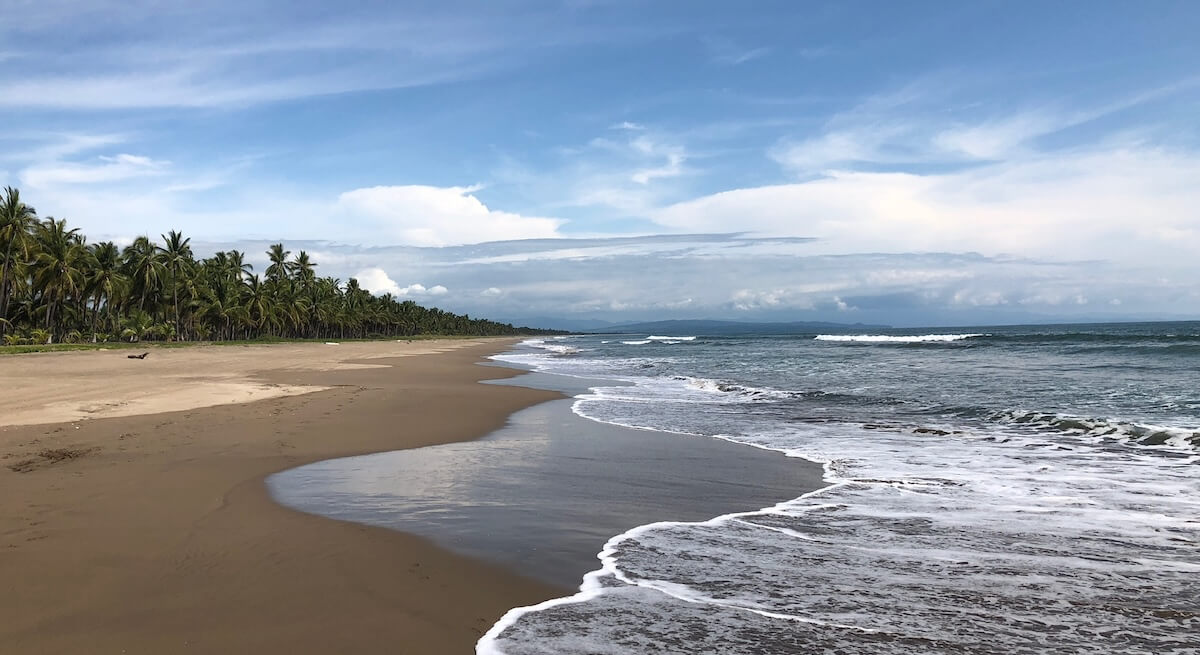
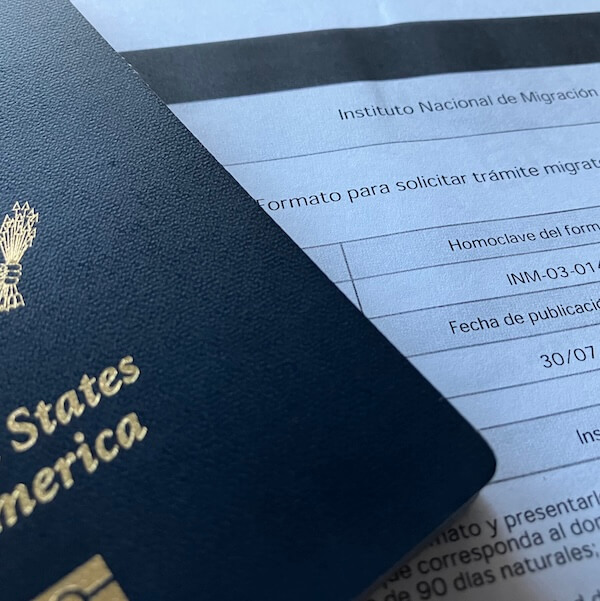

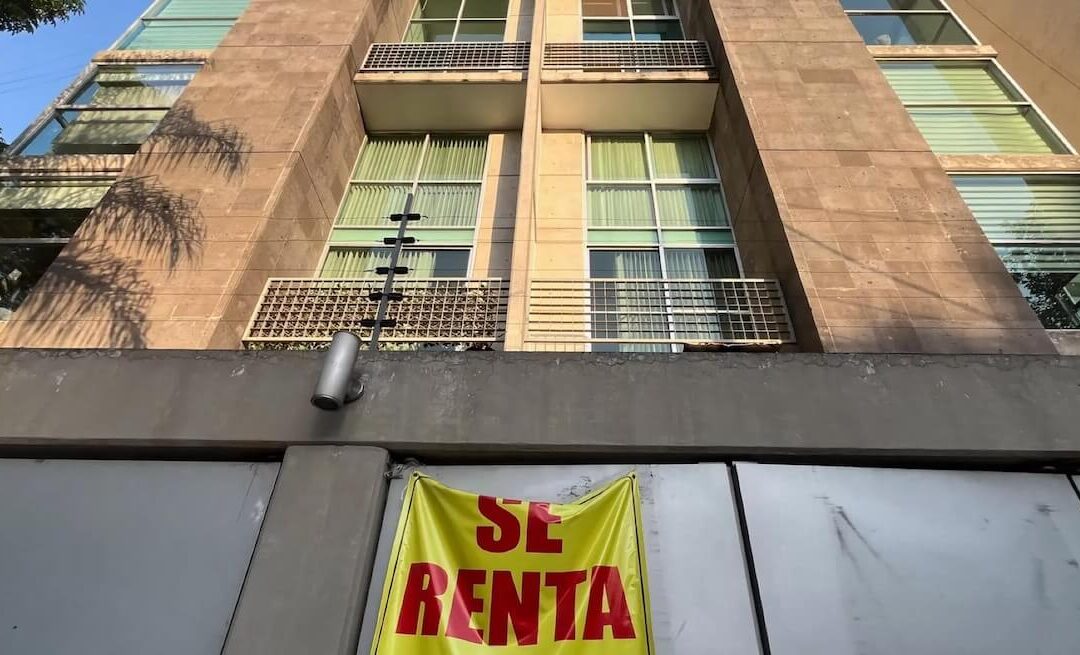
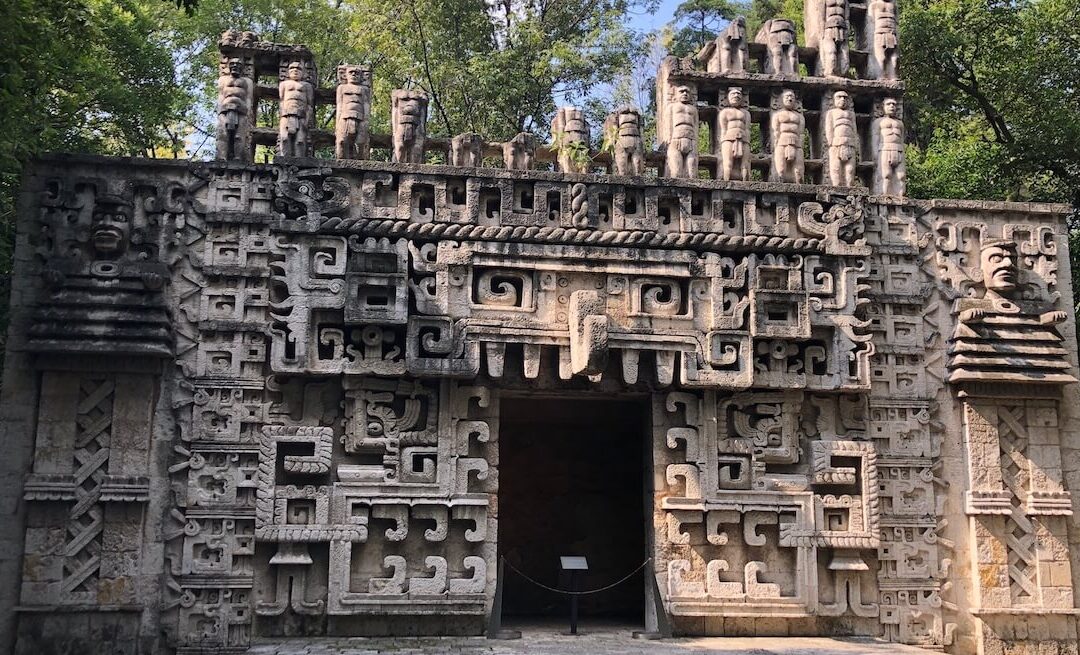
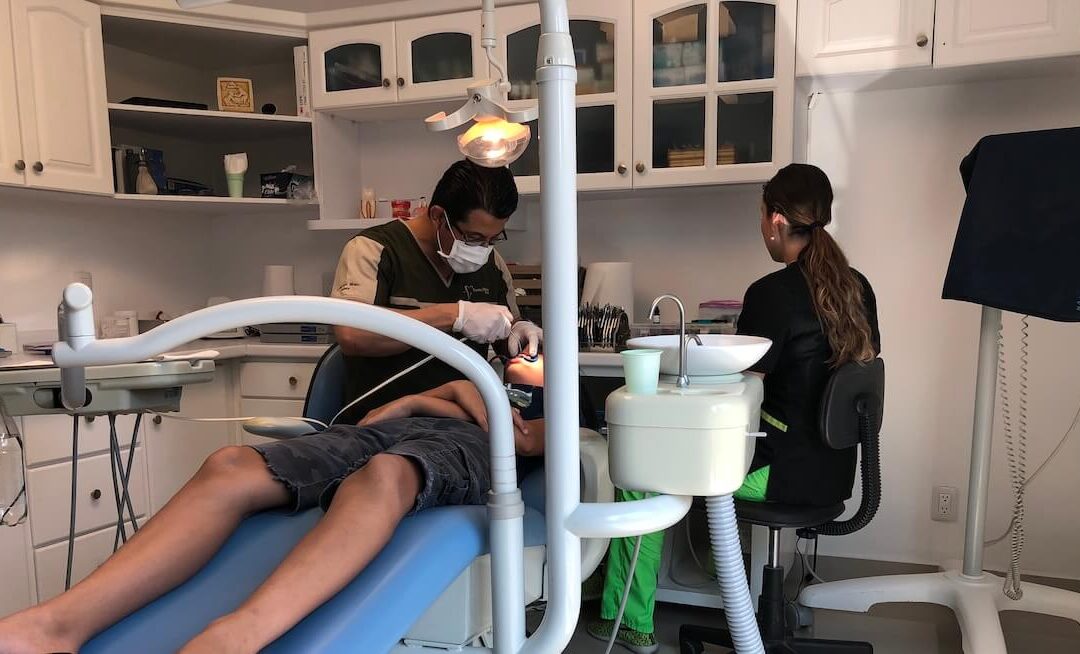
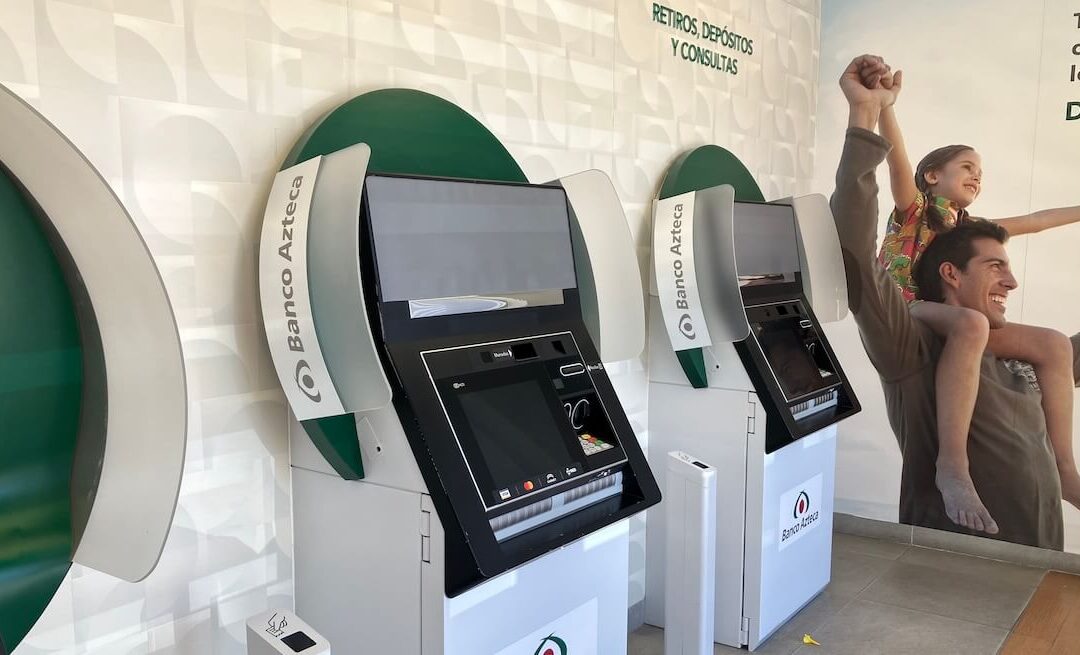
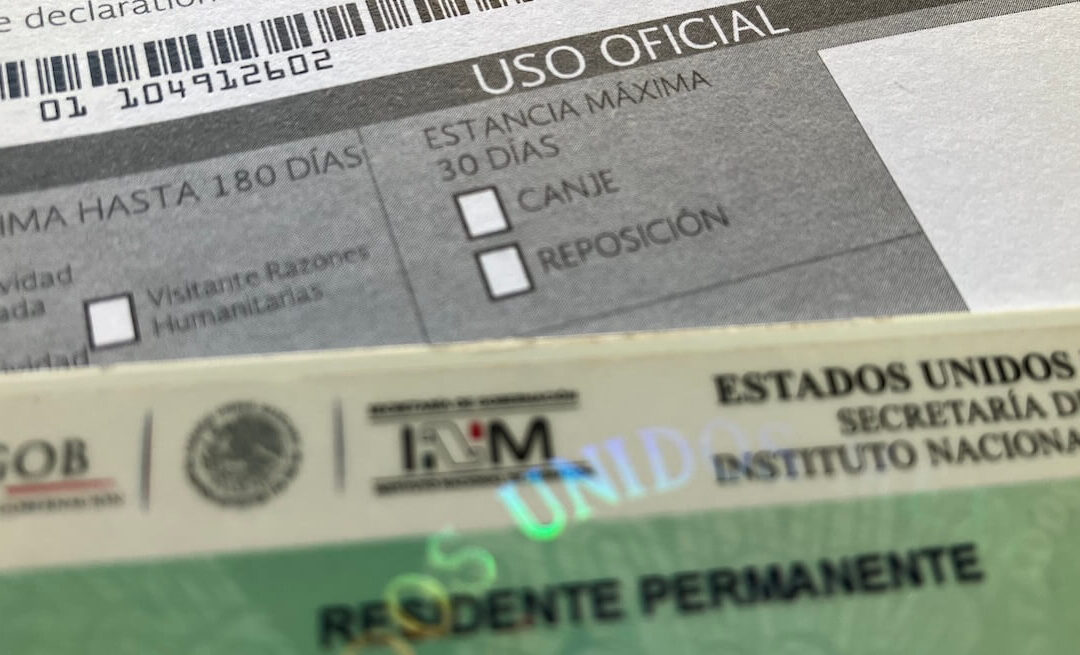
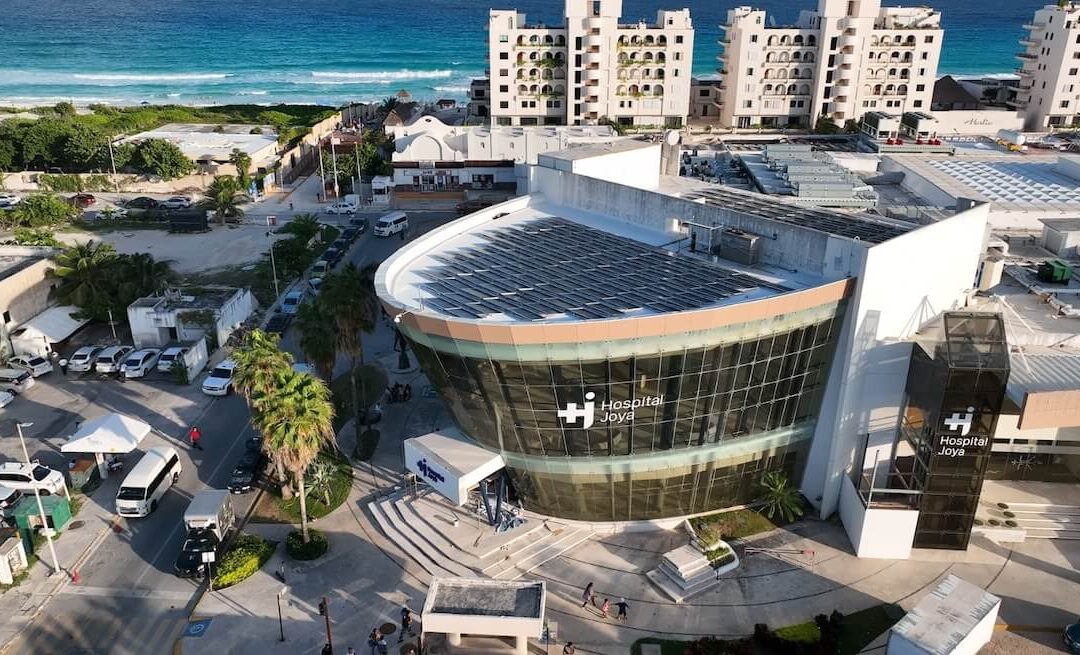
0 Comments